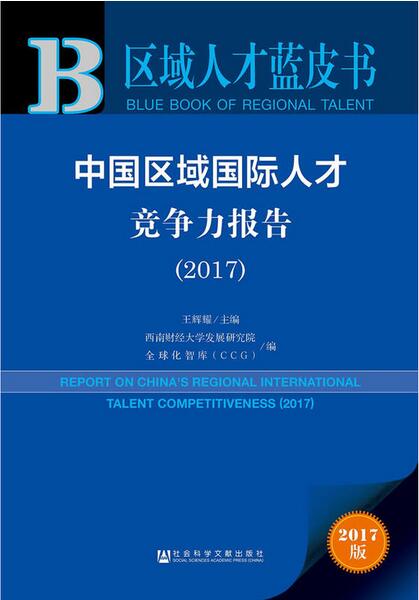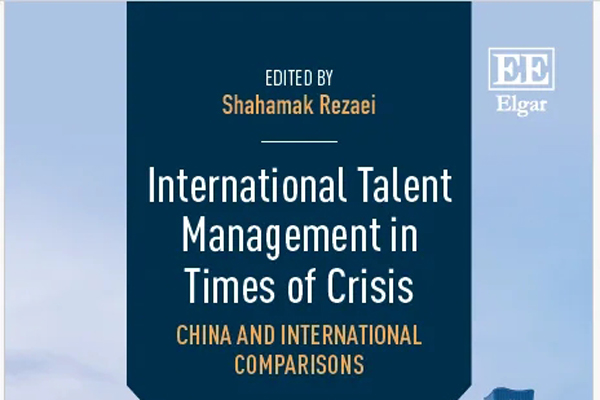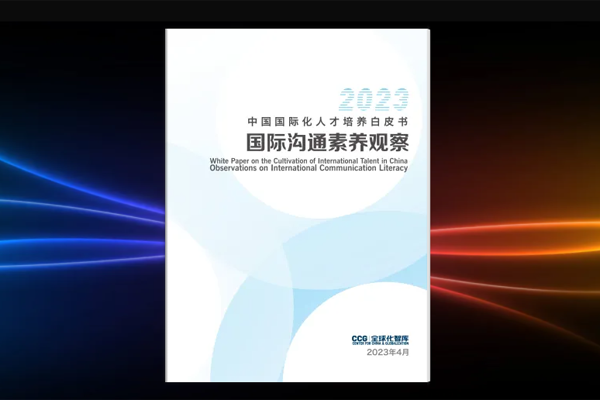【China Daily】Drawing top workers a problem
September 20 , 2017More flexible policies could help attract talented foreign staffers
With high-end workers leaving and insufficient high-end foreign personnel, China lags behind the world in attracting an international workforce and urgently needs to take action to solve the problem, a report has found.
Shanghai is the most competitive region in China in attracting high-end international workers. The municipality, however, only rates about 3.9 points in an evaluation index system with six parts, including the scale and structure for international workers and the policies to attract more, and the quality of life they expect.

The full score for each of the six subindexes is 1. So Shanghai just passed the “test”, said the report titled Blue Book of Regional Talent, which was published on Monday by the Center for China and Globalization(CCG), a Beijing-based independent think tank, and the Institute of Development Studies at Southwestern University of Finance and Economics in Chengdu, Sichuan province.
The proportion of international workers in China is far below the international average. In 2015, only 0.06 percent of the country’s population were foreigners, while the average worldwide proportion is 3.3 percent, it said, citing various sources from United Nations.
Meanwhile, the country is also troubled by talent outflow. At least 35 million people from the Chinese mainland work overseas.
“Though some of the Chinese emigrants are technical workers, most are well-educated and have bachelor’s or even higher degrees in engineering or science and technology. It’s highly possible that they will settle down in developed countries,” the report said.
International employees are unevenly distributed across the country. Shanghai gets the highest score for its proportion of international workers.
“There has been good top-level planning for the introduction of international talents. Lacking, however, are a key administrative authority that oversees the work and necessary legal support for that,” said the report, adding that a special government body should be set up to help manage the introduction of foreign workers to the country.
While proposing more flexible immigration and work policies to attract foreign staff, the report also suggests giving green cards to Chinese who became citizens of other nations, promoting that they return to serve their country.
“China has promoted introducing international talents since the reform and opening-up. However, there has been little progress actually over the years. The main reason for that is China’s immigration policy and entry and exit administration were quite strict in the past,” said Li Qing, a researcher at the Center for China and Globalization (CCG) and one of the report’s writers.
He said developed and underdeveloped areas in China should resort to different strategies to attract talented workers. The metropolises in East China should create more favorable and tailored working and living environments to attract foreign workers, he said.
Instead of bringing in top employees in various fields, the underdeveloped regions should focus more on those who can support local pillar industries, he said.
International workers are increasingly important as China engages in the Belt and Road Initiative.
“As China carries out the initiative, we cannot do the work well without help of international workers,” said Wang Huiyao, president of the Center for China and Globalization (CCG).
Xie Shouguang, director of Social Sciences Academic Press, said China should attach more importance to research on policies as well as giving more attention to bring in international staff. “The research on topics related to top foreign workers is weak in China,” he said. (By HOU LIQIANG )






